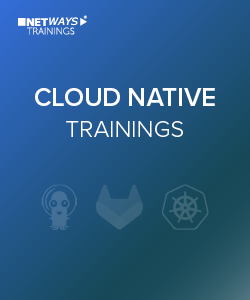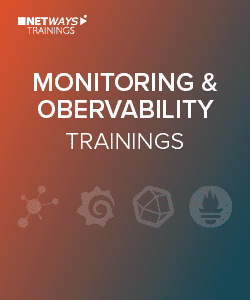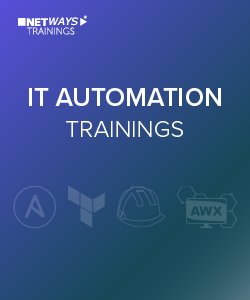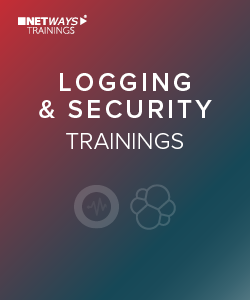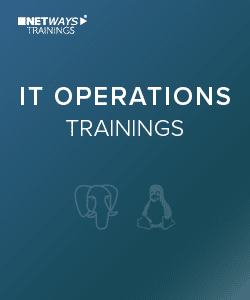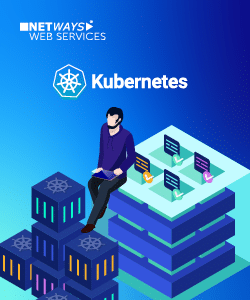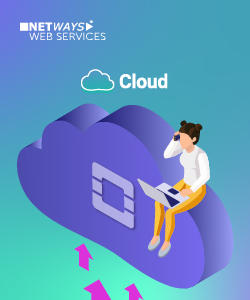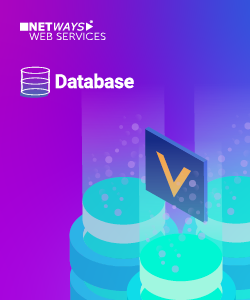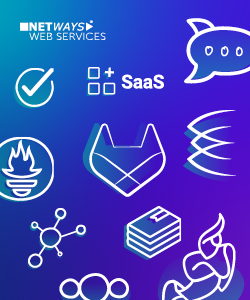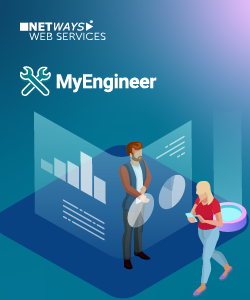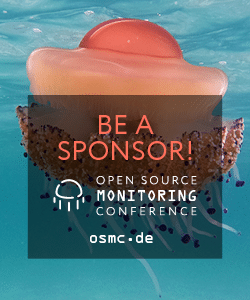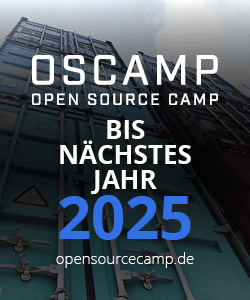Der 22. November 2023 war ein Mittwoch wie jeder andere, doch dann ging es wie ein Paukenschlag durch die Presse:
Broadcom Inc. […] today announced that it has completed its acquisition of VMware, Inc.
Da war sie also, die Nachricht, die alle erwartet haben und noch mehr befürchtet haben: VMware wurde Teil von Broadcom. Damit auch ein Produkt, das wir selbst bei NETWAYS nicht nutzen, aber in vielen Umgebungen sehen: VMware vSphere. Niemand war überrascht, als kurz darauf Lizenzmodelle geändert und Verträge gekündigt wurden. Ich vermute, in IT Abteilungen auf der ganzen Welt hat man sich zuerst gegenseitig angeschaut, dann den Blick langsam auf das produktive VMware vSphere Cluster gerichtet und sich gefragt: “Was machen wir jetzt damit?”.
Ob es einen großen Exodus an Kunden gibt, ist derzeit noch unklar. Die Enterprise Mühlen mahlen langsam, und die Auswahl des unternehmensweiten Hypervisor ist keine Affekthandlung. Böse Zungen flüstern auch von Stockholm-Syndrom oder Sunk-Costs-Fallacy-Effekt. Fairerweise muss gesagt sein, vSphere ist kein schlechtes Produkt mit zahlreichen Features und Integrationen. Wie dem auch sei, es rumort auf dem Hypervisor Markt und viele Hersteller fragen sich, ob die Tage der VMware vSphere Dominanz gezählt sind. Was sind also VMware Alternativen?
Open Source Alternativen zu VMware vSphere
Glücklicherweise gibt es in der Open Source Hypervisor Welt Kandidaten, die es mühelos mit dem proprietären ESXi-Hypervisor aufnehmen können. Schwergewichte in der Kategorie sind: Kernel-based Virtual Machine (KVM) und Xen. Beide sind ausgereift und bieten zuverlässige Virtualisierung unter Linux. Schick ist auch, dank libvirt können wir diese und weitere Hypervisoren über eine einheitliche Schnittstelle ansprechen.
Aber Virtualisierung ist mehr als nur ein Hypervisor. Um eine angenehme Nutzererfahrung zu haben, möchte man Management Oberflächen, zusätzliche Administrationstools und Integration in Storage- und Backup-Systeme. Hier haben sich kleinere und größere Projekte und Produkte etabliert. Unter anderem:
- oVirt, das Upstream Projekt von Red Hat Virtualization (mittlerweile durch OpenShift ersetzt)
- XCP-ng, ursprünglich ein Citrix XenServer Fork
- Proxmox VE
Daneben existiert natürlich noch OpenStack, was als “Cloud Operating System” wesentlich mehr bietet als eine Virtualisierungs-Plattform. Unter der Haube nutzt Nova, die VM Komponente von OpenStack, nutzt aber auch libvirt, um verschiedene Hypervisoren wie KVM oder Xen anzusprechen. Trotzdem muss man unterstreichen, dass die Installation und der Betrieb wesentlich involvierter ist als andere Virtualisierungs-Plattformen. Das überlässt man aber lieber den Profis bei NETWAYS Web Services, die haben sich sogar schon intensiv mit der Migration von VMware zu OpenStack beschäftigt.
Seit Kurzem gibt aber noch ein weiteres spannendes Projekt in der Runde: KubeVirt.
KubeVirt – the new kid on the block
KubeVirt bringt virtuelle Maschinen auf die Container-Orchestrierungsplattform Kubernetes. Kubernetes kommt mit vielen Komponenten zur Orchestrierung. Beispielweise eine gut dokumentierte Web API, einen flexiblen Scheduler und viele standardisierte Netzwerk/Storage Plugins. Alles Dinge, die man auch von einer soliden Virtualisierungs-Plattform erwartet. Die Grundidee von KubeVirt ist simpel: warum nicht einen Pod nutzen, um libvirtd zu starten, was dann eine VM startet? Um am besten noch mit bestehender Container Network Interface und Container Storage Interface Integration!
Heißt, ist KubeVirt einmal im bestehenden Cluster installiert, können VMs über die Kubernetes API verwaltet werden. Nicht nur das, da VMs hier über Pods gestartet werden und in bestehende Netzwerk/Storage Plugins integrieren, verhalten sich VMs auch einfach wie Pods. Im Gegensatz zu Containern behalten VMs aber ihre bekannten Eigenschaften, wie Langlebigkeit (über Virtual Disk Images) oder Live Migration. Umso mehr man drüber nachdenkt, umso schicker wirkt das Ganze. Der Meinung waren SUSE und Red Hat, die das Projekt als Kern in ihre Virtualisierungs-Plattformen aufgenommen haben:
Kubernetes ist kürzlich erst 10 Jahre alt geworden und das Projekt hat kaum was vom initialen Hype verloren. Doch zwischen Hype und Buzzword-Dschungel darf man nicht vergessen: Virtuelle Maschinen sind da, werden bleiben und haben ihre Daseinsberechtigung. Das Gleiche gilt für Container. Wäre es dann nicht schön, wenn man gemeinsam auf einer Plattform koexistieren könnte? Kann man, mit KubeVirt.
KubeVirt ist Apache-2.0-lizenziert und ein CNCF Projekt, dessen Version 1.0.0 im Juli 2023 erschienen ist.
Fazit
Die Entscheidung, ob man zu einer VMware Alternative wechseln möchte, hängt von vielen Variablen ab.
Zwar geniest freie und offene Software den Vorteil kostengünstig zu sein, dafür zahlt man hier meist mit Know-how das intern aufgebaut werden muss oder extern eingekauft werden muss. Dazu kommen dann auch Hardware und Software Anforderungen, über die man sich bei VMware vSphere vielleicht weniger Gedanken machen musste. Möchte man wirklich auf VMware vSAN verzichten?
Außerdem stellt sich die Frage, ob und welchen Support man bekommt, wenn man ein
Open Source Produkt nutzt, hinter dem ein Hersteller steht. Für Proxmox VE oder XCP-ng bieten die jeweiligen Hersteller Support an, aber deckt dieser die Anforderungen ab, die man im Unternehmen hat? Auf der anderen Seite sind oVirt und KubeVirt Projekte, die von einer Community gepflegt werden.
Wie bereits erwähnt, ist aktuell noch nicht sicher, wohin sicher der Hypervisor Markt bewegt. Es bleibt spannend! Persönlich kann ich mir eine Zukunft vorstellen, in der wir einen offenen Standard für virtuelle Infrastruktur haben, den unterschiedliche Herstellen dann implementieren können. Kubernetes und dessen Ökosystem bewegen sich schon in diese Richtung, vielleicht lässt sich dadurch langfristig Vendor Lock-in vermeiden oder zumindest reduzieren.
Hinweis in eigener Sache: Unser erfahrenes Team bei NETWAYS unterstützt gerne bei der Evaluierung und Implementierung der besten Lösung für Deine Bedürfnisse.
Wenn Du Fragen hast oder eine persönliche Beratung möchtest, nutze unser Kontaktformular. Wir freuen uns darauf, Dir zu helfen, die beste Virtualisierungslösung für Deine Anforderungen zu finden.

